Pressure washer surging/pulsing (How to fix it?)
- By BISON
Table of Contents
Pressure washers are perfect for efficiently cleaning your home, items, and surfaces. High-pressure water is a powerful force that can remove even the toughest stains. But what happens when this powerful tool starts showing signs of inconsistency – when it begins to surge or pulse?
This article is your one-stop solution to understanding and addressing the issue of a surging or pulsing pressure washer. BISON will be discussing the common causes behind this problem, offering practical advice on repairs, and most importantly, sharing preventive measures to ensure your pressure washer performs optimally.
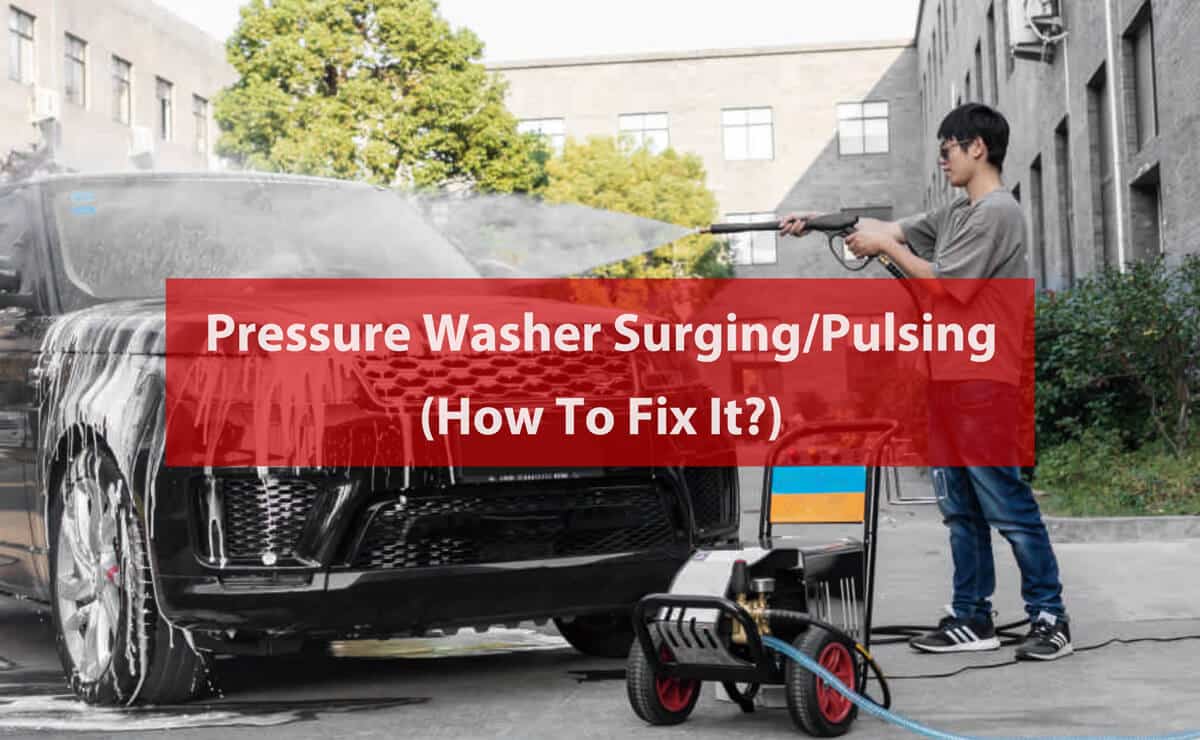
Common causes of pressure washer surging/pulsing
Surging or pulsing in a pressure washer refers to inconsistent water flow, a fluctuation between high and low pressure, that can significantly hamper your cleaning process. Generally, the first step in fixing a surging pressure washer is to check that each hose is free of kinks or blockages. Ensure the faucet is fully open, and review and tighten all connectors. If your pressure washer is still pumping, check and remove air trapped in the pump and hose. Check and clean the nozzle, various filters, and the unloader valve.
There could be several reasons why your pressure washer is experiencing a surge problem. The first step to fixing it is to do some troubleshooting. The most common causes and how to fix them are following:
Kinks and blockages in the hose or pump
One of the most common causes of problems with your pressure washer is restricted water flow. Ensure all connected hoses are free of kinks, leaks, and obstructions. Also, make sure all hoses fit and are correctly connected.
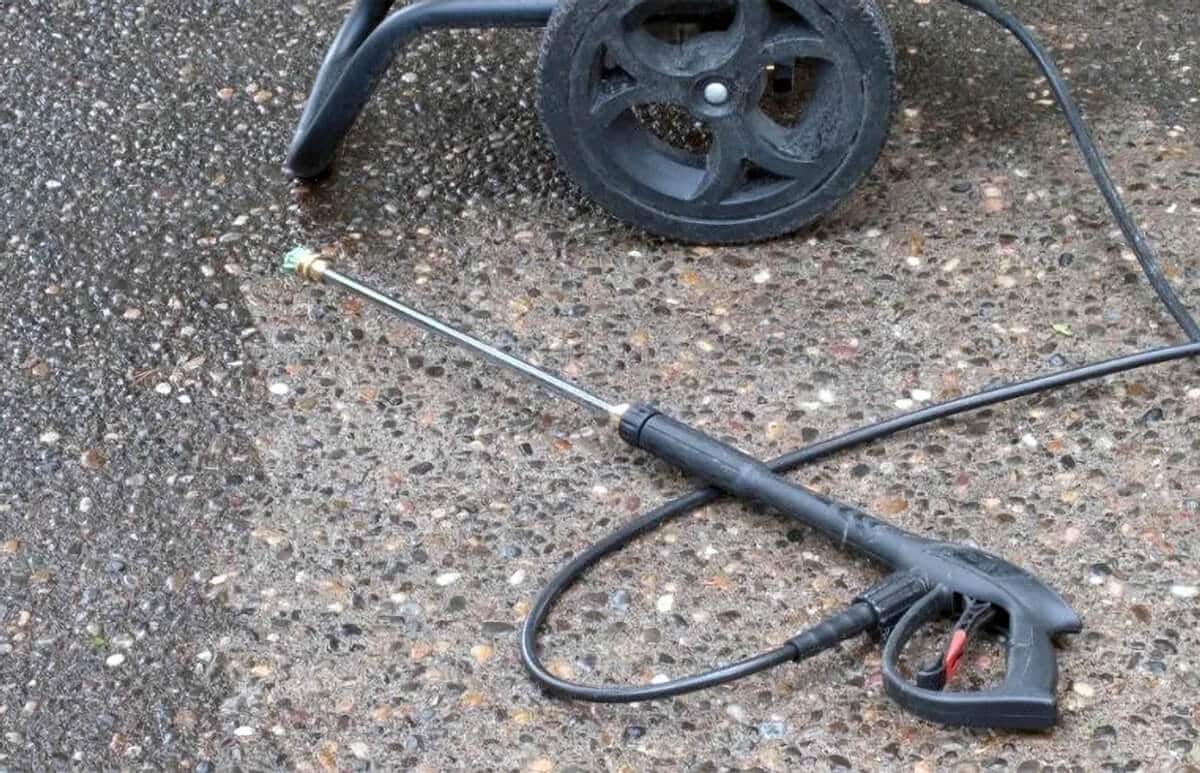
Plugged nozzle
Another reason that can cause a surging problem is a clogged spray nozzle. Attach another nozzle and see if that fixes the surging problem. If this is the case, the nozzle is clogged. Use a very thin metal wire to clean it. You can also purchase a nozzle cleaning kit to clean the inside thoroughly. If this does not work, replace the nozzle.
Pump packing
Inadequate pressure washer pump packing can also cause the surging problem. If damaged, they need to be replaced. If the packing is okay, check the water supply. Ensure your pressure washer pump gets enough water from the source at the minimum GPM (gallons per minute) required. The pump may run hot and reduce the output pressure if it is significantly lower.
Check the inline filter. Over time, it accumulates dirt and debris. This can increase significantly after a while and limit the amount of water flowing through the pump.
Air in the pump
If the water pressure is still shifting from high to low, it could be due to air trapped in the pump. Because of this trapped air, your pressure washer’s pump cannot generate enough pressure to force water out of the nozzle at the necessary settings. You can solve this problem by first disconnecting the pressure washer hose.
Let the water flow through the hose until all the air is gone. Reconnect the hose to the pressure washer. Please turn on the pressure washer and let it run for a while. It should be ensured that all the air in the pump is removed. Check if this fixes the surging issue.
Bad unloader
The primary purpose of a pressure washer unloader is to relieve water pressure when the trigger is released, or the nozzle is blocked. Inspect the unloader that is located above the underwater. If it is restricted, it can cause the pressure washer to surge.
Disassemble the unloader valve and clean the components. Adjusting the unloader pressure valve is a tricky process. Unloader valve adjustment aims to find the point where maximum pressure is present. And the pressure spike is minimal when you release the trigger. Remove the top lock nuts. Clip the pressure gauge and start tightening the spring. After adjusting the spring, engage the trigger to prevent obstructions in the unloader valve. Adjust the knob until you find the point where the pressure is maximum, and the spike is minimum.
The unloader valve of a pressure washer has a tension spring responsible for releasing pressurized water when the trigger is pressed. The tension spring also reduces the pressure when the trigger is released. Adjusting the pressure washer unloader valve aims to find the ideal setting for the stress season.
Dirty inlet or discharge valve
Sometimes, dirt and debris get stuck inside the pump, which can cause pressure washers to overheat. If your water system comes from a dirtier source, such as some ground or rainwater systems, it is highly recommended adding a garden hose filter.
This will filter out the dust and dirt in the water before it enters your pressure washer. Also, make sure your machine is using an inlet filter. If not, add one.
Tips for preventing pressure washer surging/pulsing
Routine maintenance, before and after each pressure wash, is the best way to ensure your pressure washer starts and operates appropriately every time. Here are some tips to ensure your pressure washer operates smoothly and to avoid surging or pulsing:
Flush the hose and pump after each use: This helps remove any residual dirt or debris that could lead to blockages. It’s a simple step that can greatly enhance the lifespan and performance of your pressure washer.
Use a water filter: A water filter can prevent dirt and debris from entering the pump and nozzle, thus preventing clogs. It’s a small investment that can save you a lot of trouble in the long run.
Keep the pressure washer clean and well-maintained: Regularly clean the exterior of the pressure washer and check its components for any signs of wear and tear. Ensure all parts are functioning correctly and replace any that are worn out or damaged.
Store the pressure washer in a dry place: Moisture can damage various parts of a pressure washer, leading to problems like surging. Always store your pressure washer in a dry, protected space to keep it safe from the elements.
Conclusion
To wrap up, surging or pulsing in a pressure washer can be a nuisance, but it’s an issue that can be solved with some understanding and handy work. If a person discover the cause and do something about it, it can lead to expensive repairs or replacements later. By following the tips and advice in this article, you can ensure your pressure washer stays in top shape for years to come.
However, please note: safety should always be your priority when troubleshooting and repairing a pressure washer. Always disconnect the equipment from the power source before you start working on it. Wear protective gear, including gloves and safety glasses, to protect yourself from potential harm. And if you’re ever in doubt, don’t hesitate to consult a professional.
Partnering with us: The smart choice for pressure washer dealers
If you’re a dealer considering adding pressure washers to your product lineup, or if you’re looking to switch suppliers, we invite you to consider us. As a leading Chinese pressure washer manufacturer, we’re committed not only to providing high-quality products but also to supporting our dealers every step of the way.
You’re investing in a relationship that will help your business grow. If you customer encounter any issues with pressure washers, we’re here to help. Our team of experts can guide you through troubleshooting and repairs, ensuring minimal downtime and maintaining customer satisfaction.
With us, you’re not just getting a supplier, you’re gaining a partner.
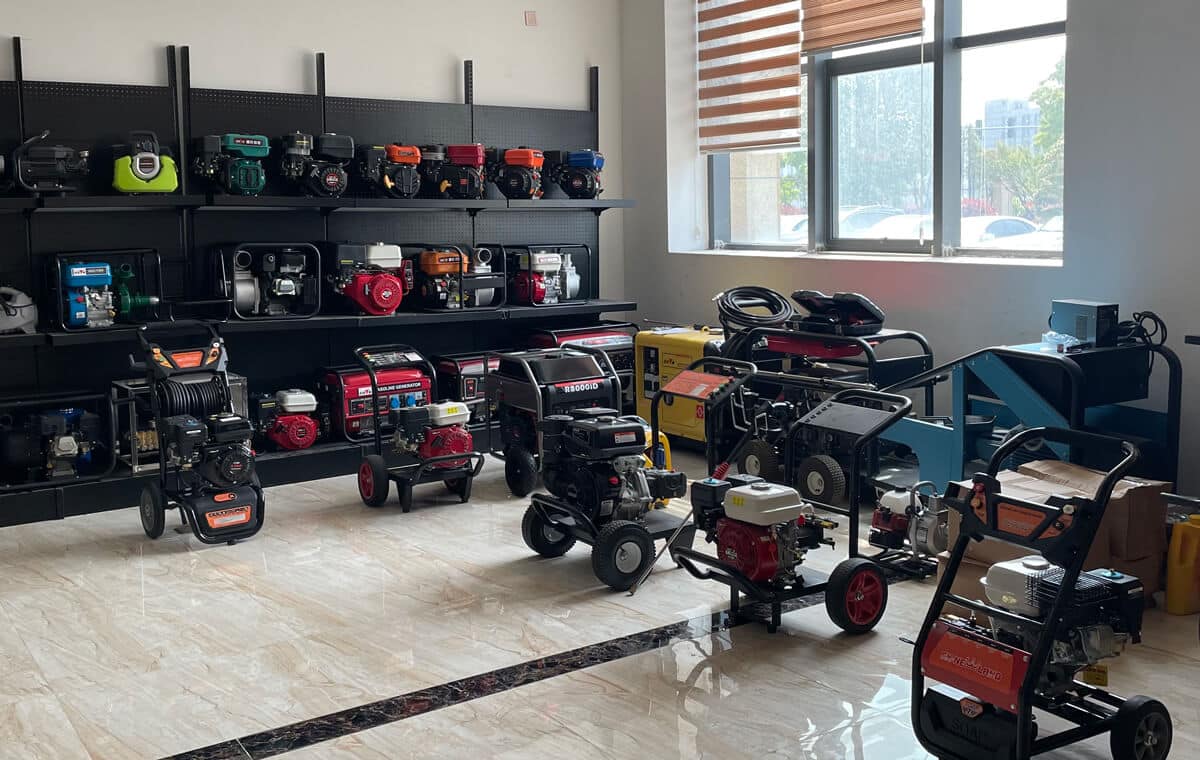
Most Popular Posts
QUESTIONS?
CONTACT US TODAY.
buy?
Related Posts
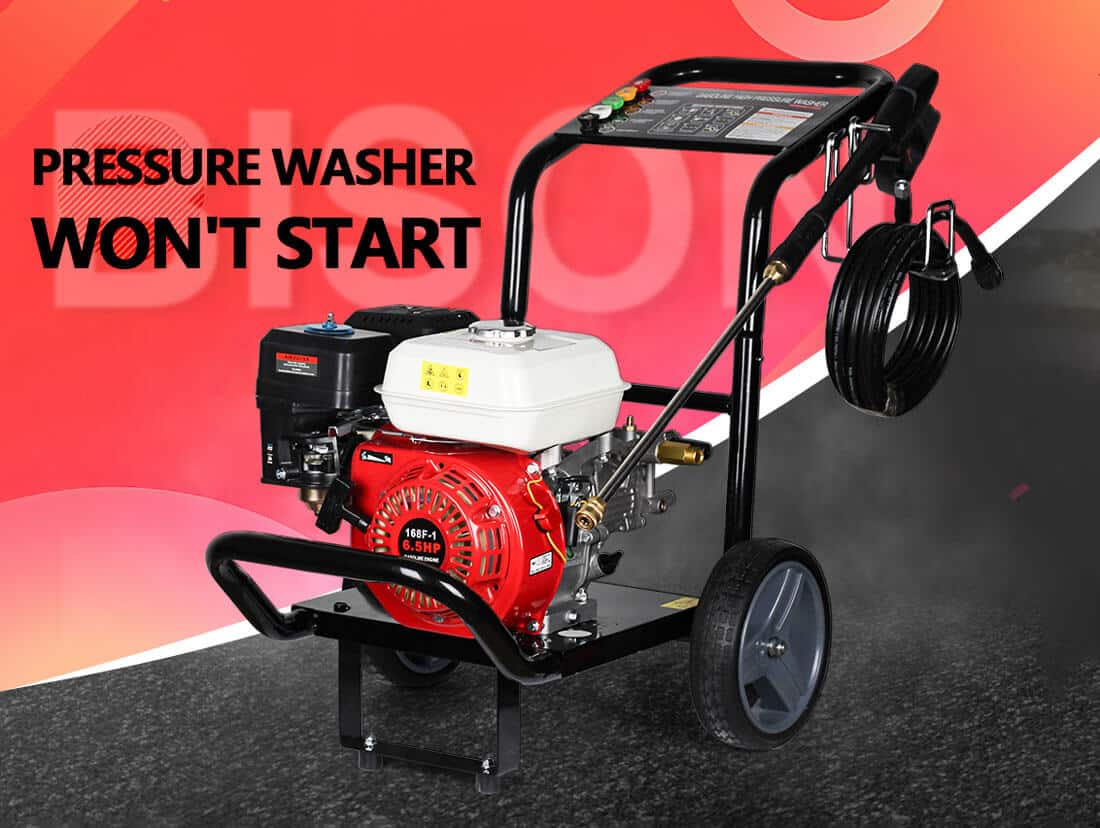
pressure washer won’t start: troubleshooting and DIY fixes
Your pressure washer motor may not start for various reasons. In this comprehensive guide, BISON will lead you through the most common culprits of pressure washer rebellion.
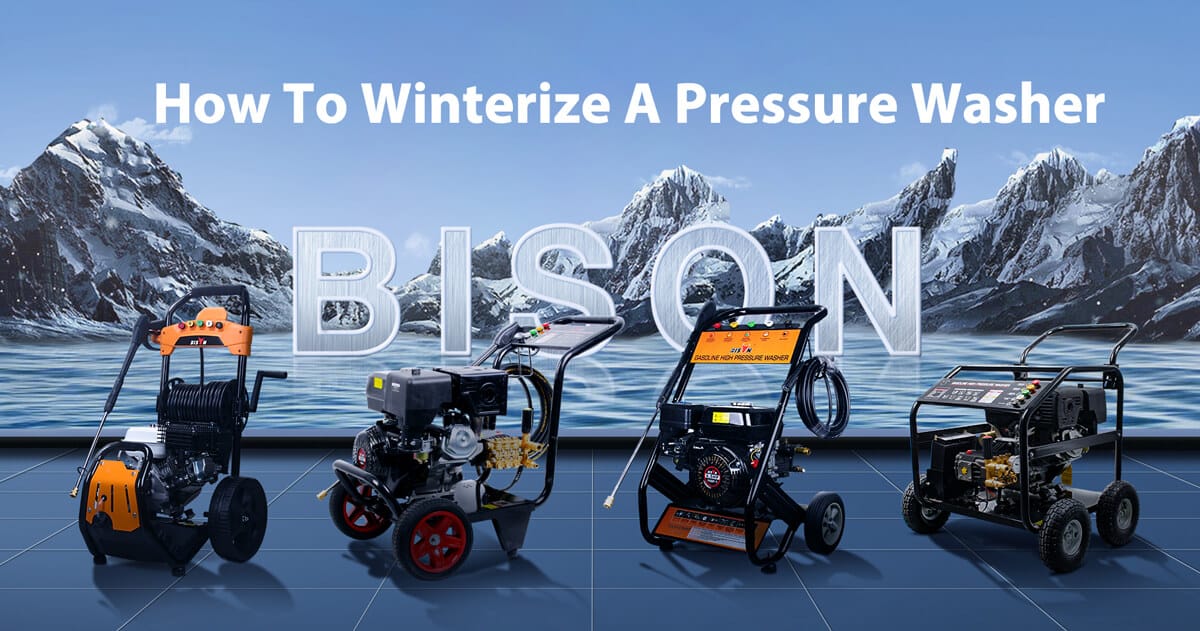
how to winterize a pressure washer
BISON will discuss all the steps you need to take to winterize a pressure washer. Winterizing a pressure washer is important for its longer life. Let’s get started.
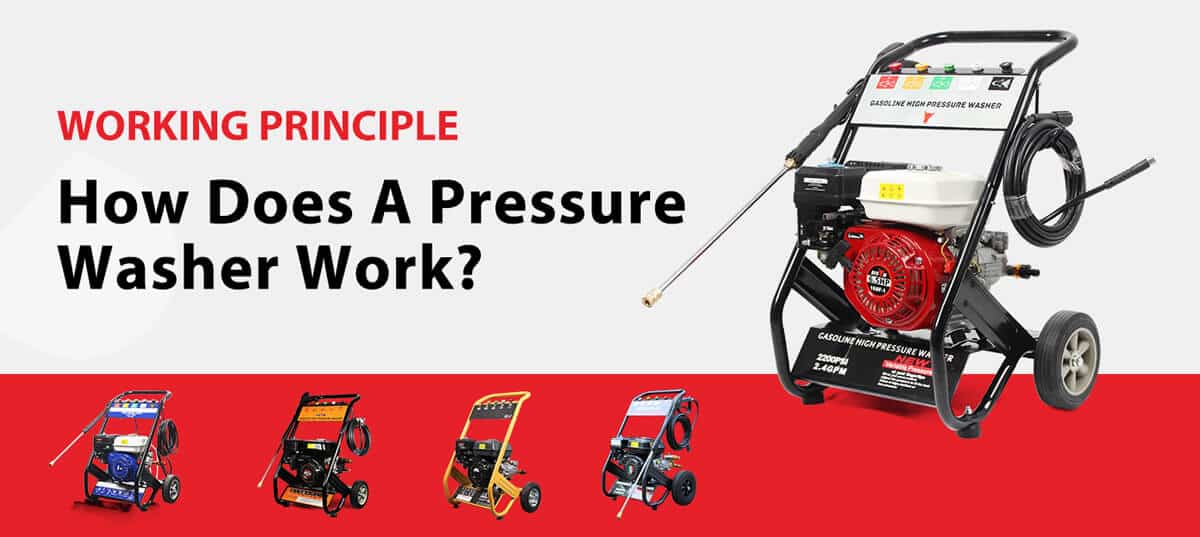
How does a pressure washer work
Do you want to know the inner workings of a pressure washer? Then you’ve come to the right place. In this blog post, BISON will explain how a pressure washer works and lots more.
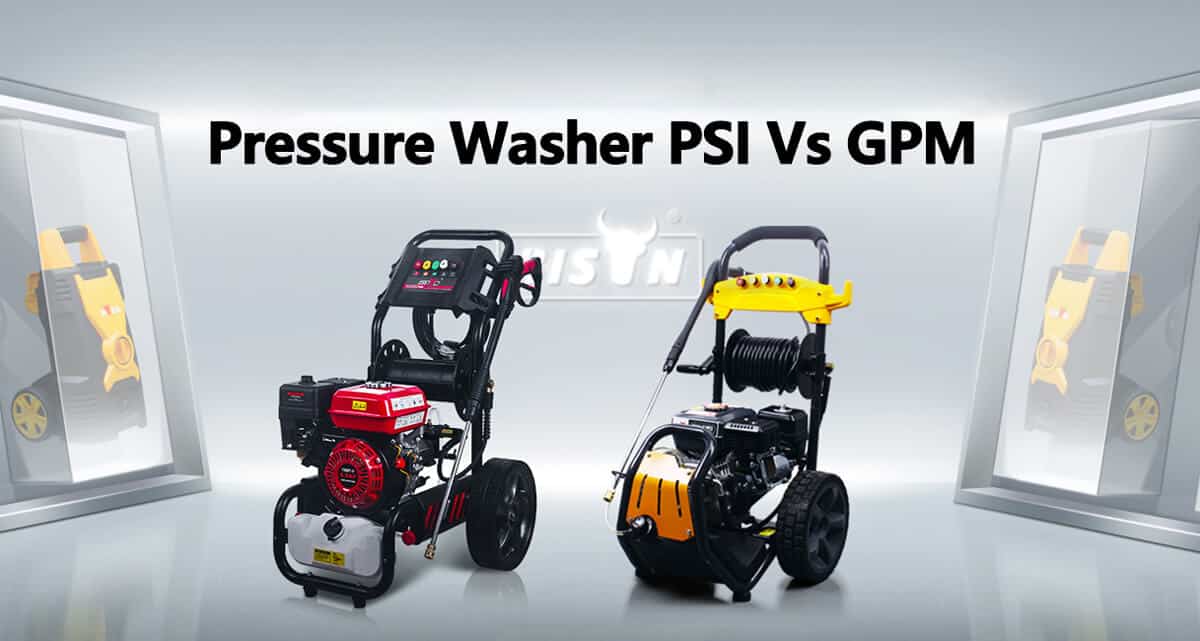
pressure washer PSI vs GPM
Do you want to know what pressure washer PSI and GPM are, what’s the difference between them and which one matters the most? Then this guide is for you.
Related Products
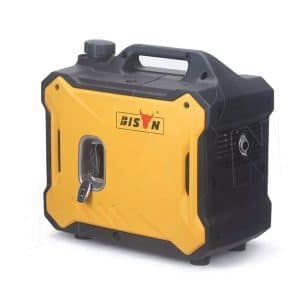
2000w pure sine wave gasoline inverter generator
It is an inverter generator driven by gasoline. The whole weight is 21.5kg. The gasoline
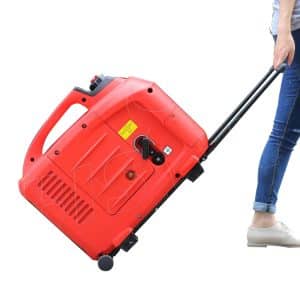
4000 watt closed frame inverter generator
Experience the pinnacle of power and efficiency with the BS-X4600, a 4000 watt closed frame
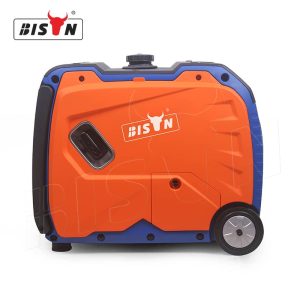
Portable Small Generator
The BISON BS2000I is a portable and small inverter generator that is perfect for a
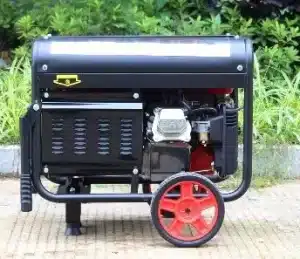
portable generators: backup power at a lower cost
PRODUCT DESCRIPTION BISON portable diesel generators are lightweight and easy to move, making them ideal
.png)
-qbpqbzxxvtguiuwezisu6wo6j1i29b4m1el1ir1u8o.png)

